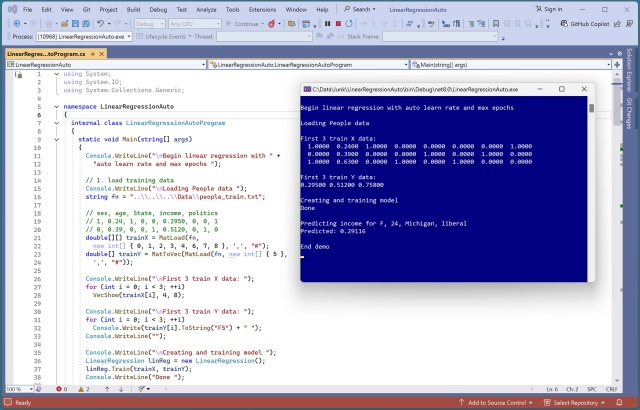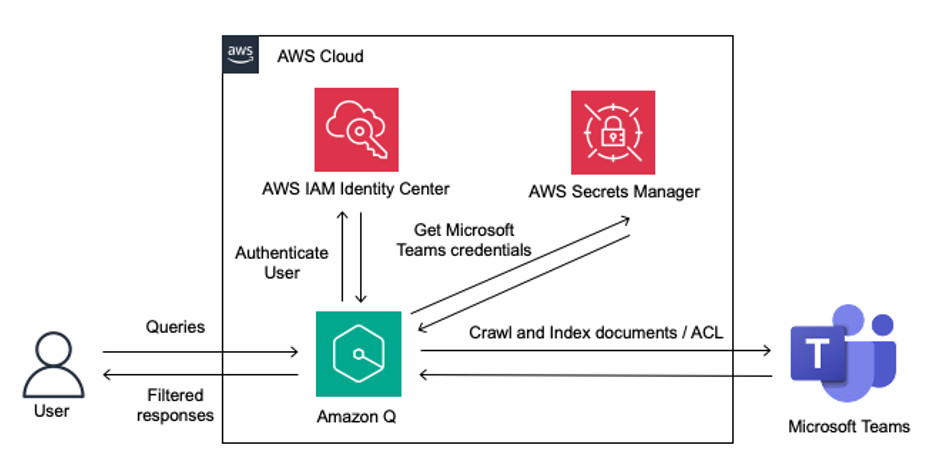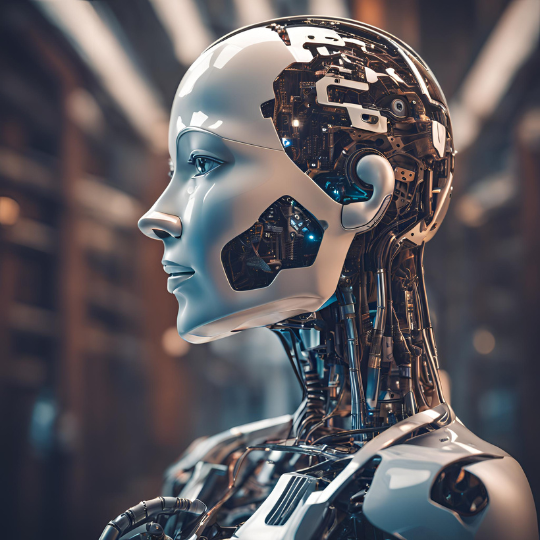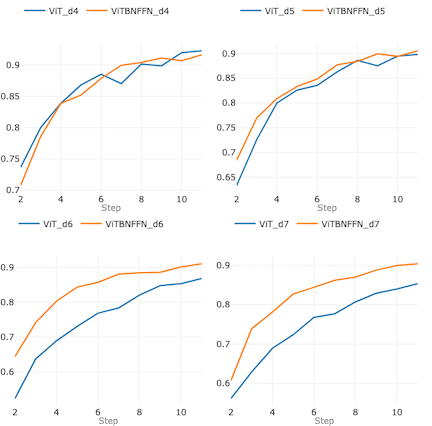AI technology in Australian real estate raises ethical concerns as LJ Hooker branch uses ChatGPT to create misleading listing. Industry expert warns of advanced tech resembling 'almost science fiction'.
Elon Musk's push for AI safety could impact Trump administration, says Max Tegmark. Musk's influence may lead to tougher standards for artificial intelligence.
Training a linear regression model can be done through Normal Equation or gradient descent, with the latter requiring parameter tuning. To simplify this process, a heuristic approach was used to find optimal coefficients and bias values in a C# demo predicting income based on various factors.
Microsoft Teams is a collaboration tool for real-time communication and knowledge sharing. Amazon Q Business integrates with Teams to streamline data access and increase productivity.
LJ Hooker apologizes for using ChatGPT to falsely advertise a house near non-existent schools in Farley, NSW. The error was corrected promptly after being contacted by Guardian Australia.
Australian government to regulate social media & AI despite Trump & Elon Musk objections, says Ed Husic. Husic assures pursuing 'national priorities' in face of opposition.
The OxML 2024 program discussed the shift from Proof of Concept (PoC) to Proof of Value (PoV) in AI, emphasizing measurable business impact. Reza Khorshidi highlighted the importance of evaluating not just technical feasibility but also the potential business value and impact of AI systems.
Critics urge for halt of AI tool in Home Office as 'robo-caseworker' threatens to automate life-changing migrant decisions. Algorithm in immigration system raises concerns of encoding injustices in enforcement actions.
Dutch publisher Veen Bosch & Keuning plans to use AI for literary translation, sparking controversy among authors and translators. Concerns arise over the potential consequences of AI becoming the norm in the industry.
The rise of 'AI slop' is distorting our perception of reality, as seen in a chaotic scene of cars tossed around by a "rain bomb" in Valencia, Spain, captured in Charles Arthur's newsletter. The photograph showcases the impact of extreme weather events, where a year's worth of rain fell in a single day, highlighting the power of nature in a surreal urban setting.
Developing a Rummy AI with optimized speed and memory efficiency. Create a versatile hand evaluator system for Rummy games, adaptable for various strategies and card combinations.
Integrating BatchNorm in Vision Transformer leads to faster convergence and stability. ViTBNFFN outperforms ViT with larger depths and higher learning rates.
Preference alignment (PA) boosts Large Language Models (LLMs) by aligning model behavior with human feedback, making LLMs more accessible and popular in Generative AI. RLHF with multi-adapter PPO on Amazon SageMaker offers a comprehensive, user-friendly approach for implementing PA, enhancing model performance and user alignment.
Tony Blair Institute predicts AI may displace 1-3m UK jobs but lead to low hundreds of thousands rise in unemployment. Between 60k-275k jobs displaced yearly over decades, creating new roles.
Nvidia and Tesla stocks soar post-US election, signaling a tech boom. Elon Musk praised by Trump as "super genius."















